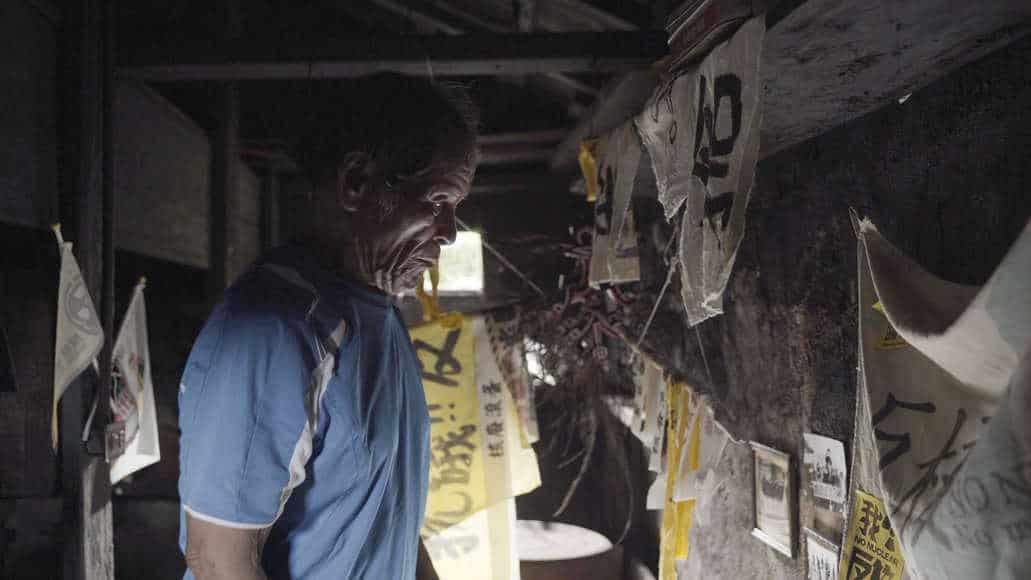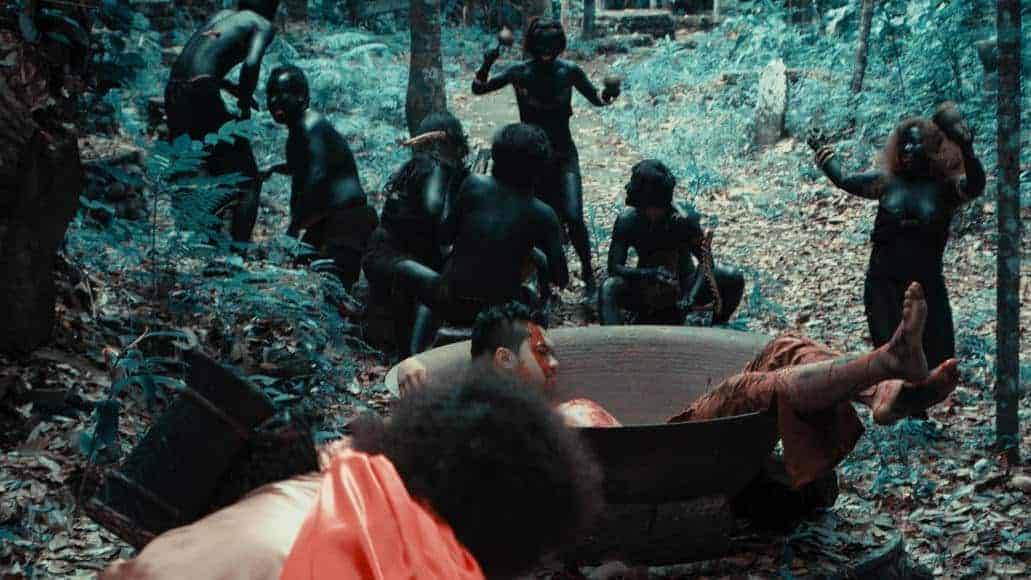When Wang Quan'an's new film premiered at the 2019 Berlinale, it was a happy reunion. Not only did his film “Tuya's Marriage” win the Golden Bear in 2007, but also his later films, such as “Apart Together”, were selected there and Wang Quan'an himself was a jury member in 2017. With “Öndög”, he did not only return to the competition in Berlin, but he also revisited rural Mongolia to shoot this film.
The story opens with the discovery of a body in the middle of nowhere on the vast steppes of Mongolia. This serves as a catalyst for a number of events involving a young cop left behind to guard the body, and a herdswoman that was asked to look after him.
“Öndög” tells a meandering story, that is not driven by any narrative. Rather we are shown important moments that give us a glimpse of the protagonists' lives and much is left to our interpretation. At its heart, “Öndög” is a film about men and women, and their relationships.

Wang Quan'an is known for featuring female protagonists and “Öndög” is no exception. Men, like for instance the policemen investigating the murder, come across as powerless. When a wolf threatens to disturb the crime scene, they need to call upon a herdswoman to take care of it. Not even their mobile phones seem to be working, whereas the herdswoman has no problems with reception on hers. Moreover, she seems to be doing fine just on her own and when asked if she needs a man, her answer is always no. However, there are times when a woman needs a man after all and those all have to do with life and death.
The Mongolian countryside is breathtakingly beautiful and in “Öndög” this is emphasized by the use of (extreme) long shots. Cinematographer Aymerick Pilarski shoots most of the film in this way, only moving in closer when singling out the herdswoman and pulling us into her story. But even then, he never really shows her up close. What stands out in these long shots is the ratio of sky to land: at least 2/3rds of the image consists of sky. This way, Pilarski draws our attention to the wideness of the space and the limitations of the characters. The vastness, that at first seems to imply a sense of freedom, is used as a metaphor for predetermination. Men, as a species, are as trivial in these vast surroundings as they are on the scale of time. They have no place to go and in a hundred years, no one will remember them. To give meaning to their lives, they make up stories, for instance, about dinosaurs and their fossilized eggs (öndög) and how the people of Mongolia help to keep them from going completely extinct.
Another interesting aspect is Wang Changrui's sound design. Long before anyone appears in the film, we hear them talking. We hear their voices but have no clue as to who it is. And even when characters are shown in conversation, often they are so far away, that this offers us no real clue. This alternating between on and off screen applies not only to the dialogue, but also to other sounds. For instance, music that in one scene will appear to be completely non-diegetic, will later turn out to be coming from the film's universe after all. This use of sound is slightly alienating and keeps us on our toes. As if it wants to keep us from getting lost in the beautiful scenery.
For some of us, the lack of narrative might be frustrating and at first sight “Öndög” might seem to be mostly, extremely pretty pictures. However, there is more than meets the eye. I found “Öndög” to be a very philosophical film that shows that questions about finding a balance and purpose in life are universal. A film that is on top of that is a sight for sore eyes that deserves to be seen on the big screen.















